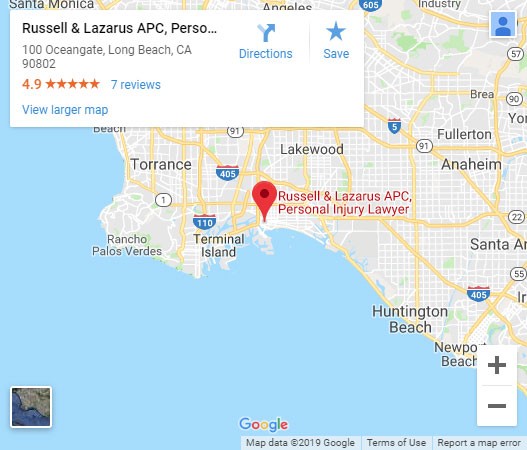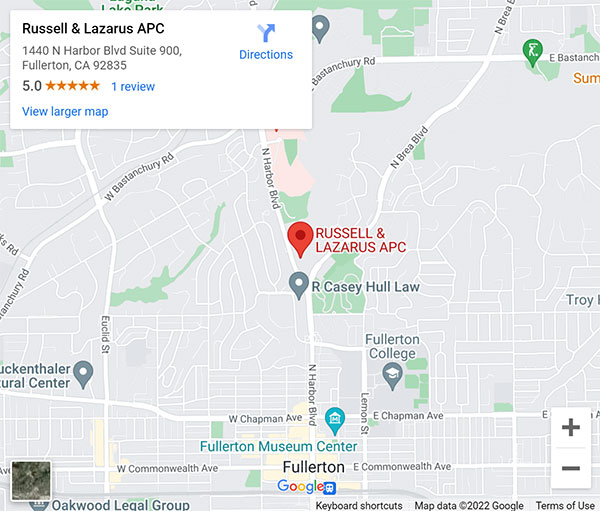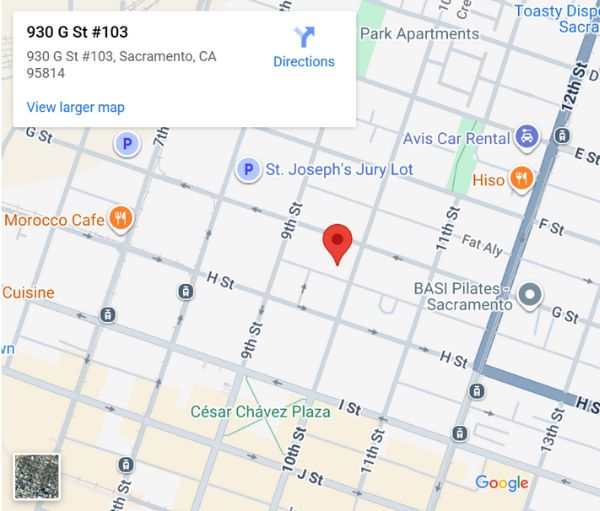Amusement Park Injuries
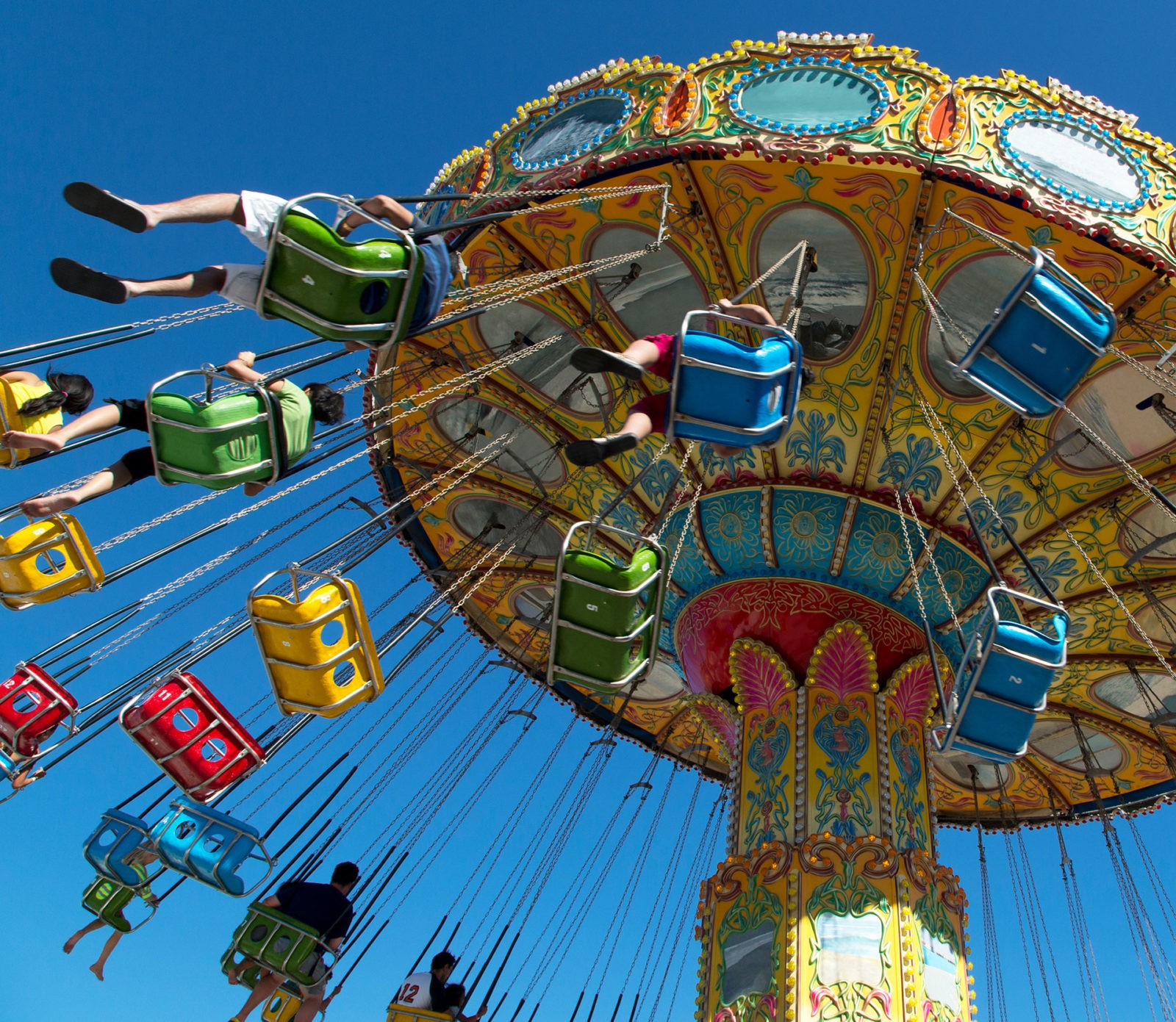
EXPERIENCED NEWPORT BEACH AMUSEMENT PARK INJURY LAWYERS SINCE 1984

Amusement parks can be a place where you go for thrills; that slight panic as you suddenly drop, followed quickly by heart-rushing excitement. You forget that there is only a metal bar or harness that keeps you from flying out of your seat and to certain doom. Unless, of course, that is exactly what happens to you.
WHERE DO AMUSEMENT PARK ACCIDENTS OCCUR?
Amusement park accidents involve incidents resulting in injury that can occur in all types of amusement parks:
- Large-scale parks – Disneyland or Disney World, Six Flags, etc.
- Water parks – Action Park (n/k/a Mountain Creek)
- Smaller traveling carnivals, animal parks, state fairs and school carnivals.
WHO ARE THE VICTIMS?
Victims of amusement parks include:
- Guests,
- Outside contractors,
- Temporary workers, and
- Employees.
WHAT ATTRACTIONS ARE INVOLVED IN ACCIDENTS?
Just about anything in an amusement park could result in an accident:
- Inflatable bounce house;
- Bumper cars;
- Liquid on the ground;
- Pond or other body of water;
- Roller coasters;
- Any spinning or swinging type ride.
What Causes Accidents?
There are many factors that could cause or contribute to an accident, like:
- Failing to heed warnings or safety signs;
- Downed electrical wires;
- Malfunctioning equipment;
- Improper or distracted operation of rides;
- Improper maintenance and inspection; or,
- Simply riding the ride.
What Injuries Could Occur From The Accidents?
Injuries could range from minor to more severe and/or fatal injuries:
- Minor cuts, bumps and bruises
- Traumatic brain injury
- Back and neck injury
- Whiplash
- Broken bones
- Heart attacks or strokes
- Internal injuries
- Drowning
- Electrocution
- Paralysis
- Injuries to the limbs
- Death
Who Is Responsible For The Accidents?
Depending on the facts, several people or entities could be responsible for causing an accident, such as:
- Owners;
- Employees;
- Manufacturers of the equipment or ride;
- Contractors
- Other patrons
What Are The Theories Of Liability?
The two most common theories of liability are:
Negligence
Amusement park owners and employees have a duty to:
- Keep the grounds reasonably safe;
- Regularly and properly inspect all and maintain all equipment in a safe condition;
- Monitor and ensure all guests adhere and meet the minimum age and/or height requirements;
- Properly operate of the rides;
- Post clear warning signs that, for example, guests with blood pressure or heart problems, or pregnant women should not go on the ride;
- Post clear warning signs that adequately warn riders of the risks involved; and,
- Post correct instructions for riders.
If anyone who works for the amusement park fails to perform these duties, and is thus negligent, then that person has breached his or her duty, which is imputed on the owners.
Aside from proving that the employee and the amusement park were negligent, Newport Beach amusement park accident lawyers would also show that:
- You have an injury; and,
- The employee’s negligence caused your injury.
Product Liability
Some amusement park accidents are caused or contributed by defective rides or component parts. For example, the faulty design of a lap bar may cause it to unlatch from a locked position while in mid-ride, causing the rider to fall and suffer severe injuries.
Manufacturers are responsible for any defects in its ride or component part. Newport Beach amusement park accidents lawyers have argued that the product was defective because of:
- Design defect: The design of the product is inherently dangerous;
- Manufacturing defect: The product was not manufactured according to the specification and therefore did not perform as intended; and/or
- Warning defect: The product lacked adequate warnings against the dangers associated with the product.
Plaintiffs will then need to prove:
- An injury exists;
- The defect caused that injury.
Are There Defenses?
The most common defenses the amusement park may argue are:
- Assumption of risk. A person “assumes the risk” associated with an activity if he or she knows that participating in an act or event is inherently dangerous but chooses to participate anyway. There are certain risks that are inherent in riding on the rides. When you go to the amusement park and ride those rides, you are assuming those risks. However, to assume the risk, the amusement park must prove that you were aware of the risks.
In some states, like California, if the park can show that you assumed the risks of a certain ride, the park is not liable for your injuries or, depending on the facts, the amount you receive should you prevail in a lawsuit is reduced.
- Rider non-compliance with safety rules. If the rider did not comply with posted age, weight, height or medical requirements, an amusement park or ride manufacturer may raise this defense if the injury was wholly or partially caused by the rider’s size or medical condition. If an accident and resulting injury was a result of the rider’s failure to abide by posted safety instructions or rules, then the amusement park may avoid or partial avoid liability.
- Disclaimers on amusement park tickets. Amusement park tickets states that you absolve the park of all liability when you enter the park; you cannot bring a lawsuit against it. However, the court rarely upholds this defense. Judges know that most patrons do not read the disclaimers, and generally, if the disclaimer is vague and all-inclusive, it is unreasonable and unconscionable. Additionally, it is questionable whether a minor could enter into a contract legally.
Find Legal Assistance Today
For additional information, contact the Newport Beach Amusement Park Injury Lawyers with Russell & Lazarus at (877) 789-4878.
Locations
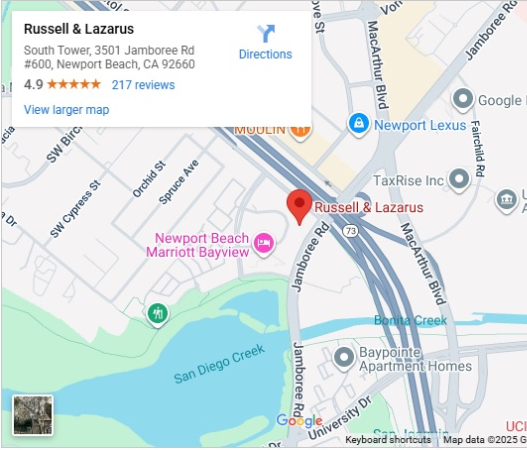
Phone: (949) 851-0222
Toll-Free: (877) 789-4878
South Tower, 3501 Jamboree Rd #600,
Newport Beach, CA 92660
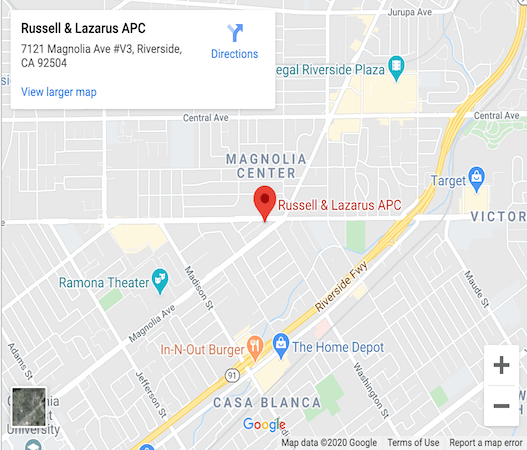
Phone: (951) 485-4000
Toll-Free: (877) 789-4878
Grandville Executive Suites
7121 Magnolia Ave., #V3
Riverside, CA 92504
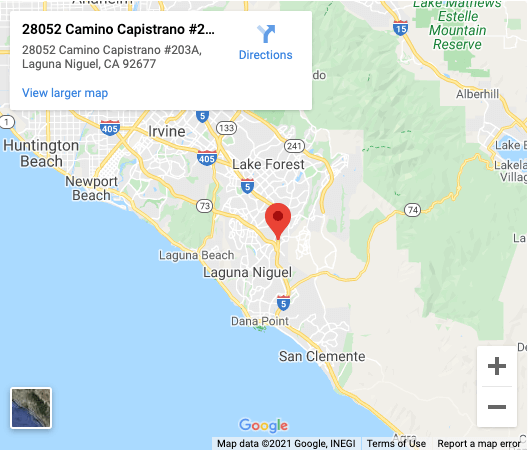
Phone: (949) 426-7299
Toll-Free: (877) 789-4878
28052 Camino Capistrano, Suite 203A
Laguna Niguel, CA 92677
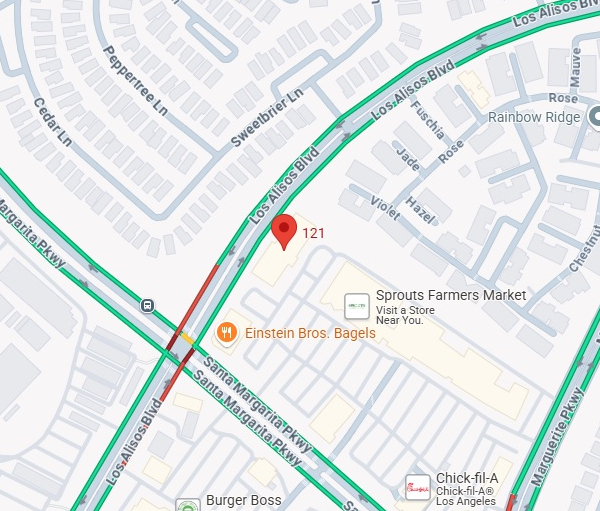
Phone: (949) 309-0990
Toll-Free: (877) 789-4878
27725 Santa Margarita Parkway, Suite 121 Mission Viejo, CA 92691

